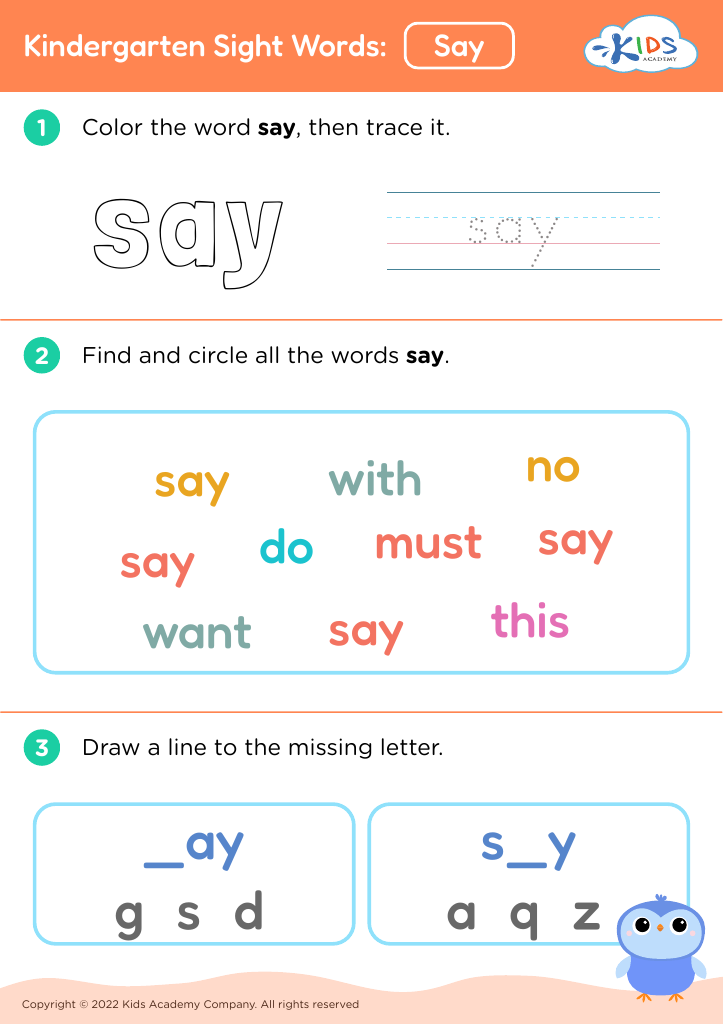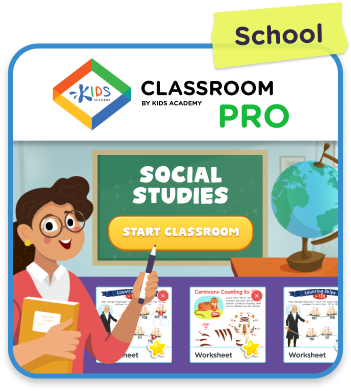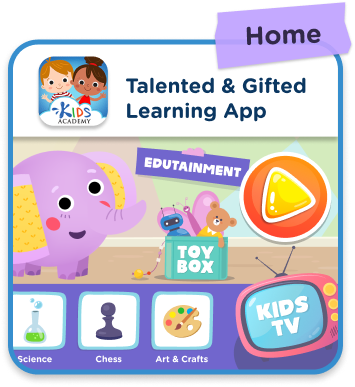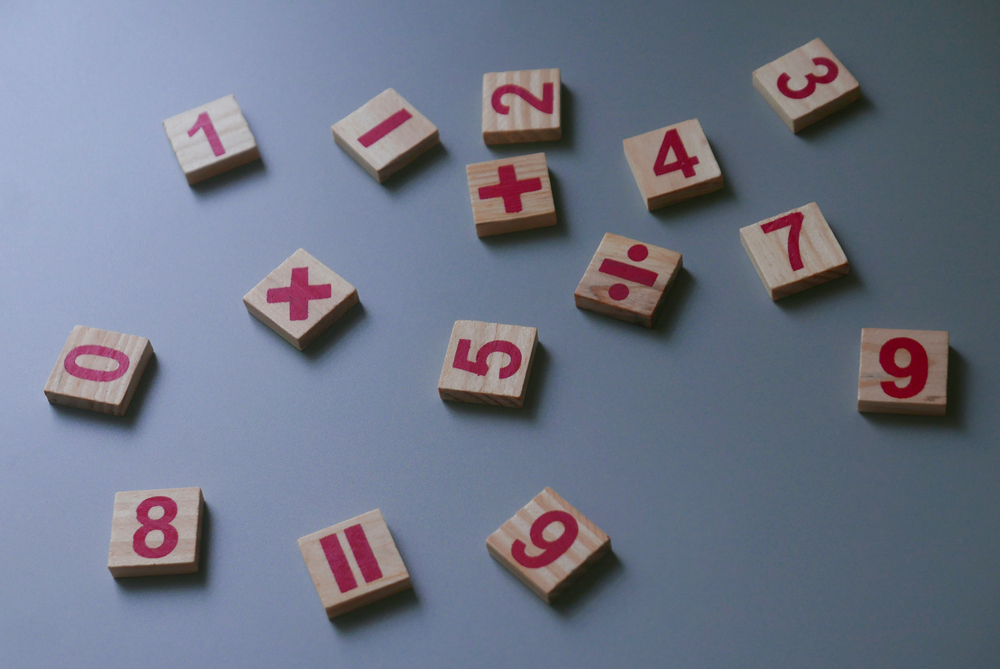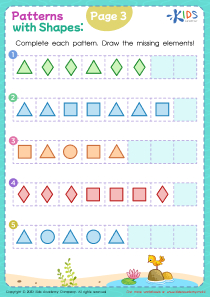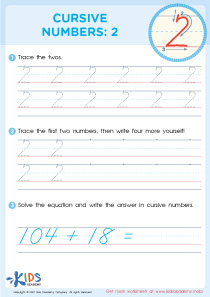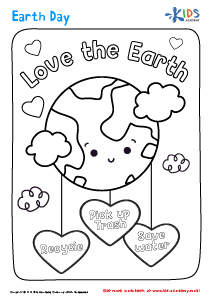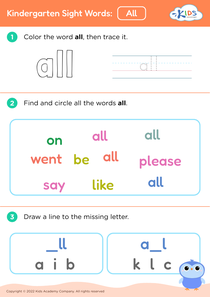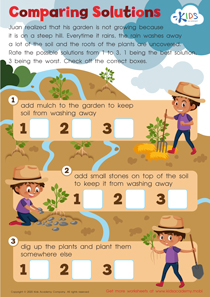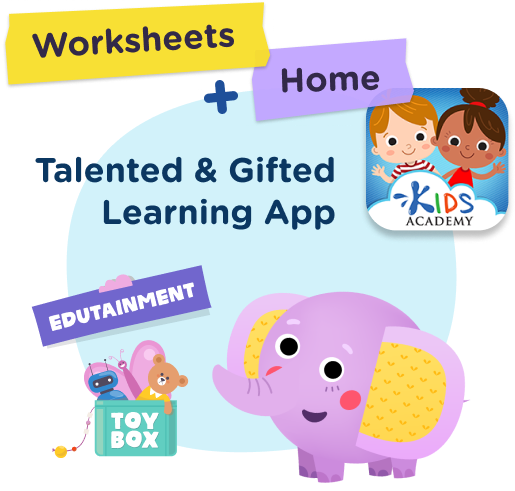Money identification Worksheets for Ages 4-5
3 filtered results
-
From - To
Introduce your little ones to the fascinating world of money with our engaging Money Identification Worksheets designed specifically for ages 4-5! These printable activities offer fun and interactive ways to help young learners recognize different coins and bills while developing essential counting skills. With colorful illustrations and age-appropriate exercises, children will enjoy mastering money concepts they'll need in daily life. Our worksheets promote fine motor skills and cognitive development, making learning enjoyable and effective. Perfect for parents and educators alike, these resources are a great way to introduce fundamental financial literacy concepts in a playful and supportive environment. Get started today!
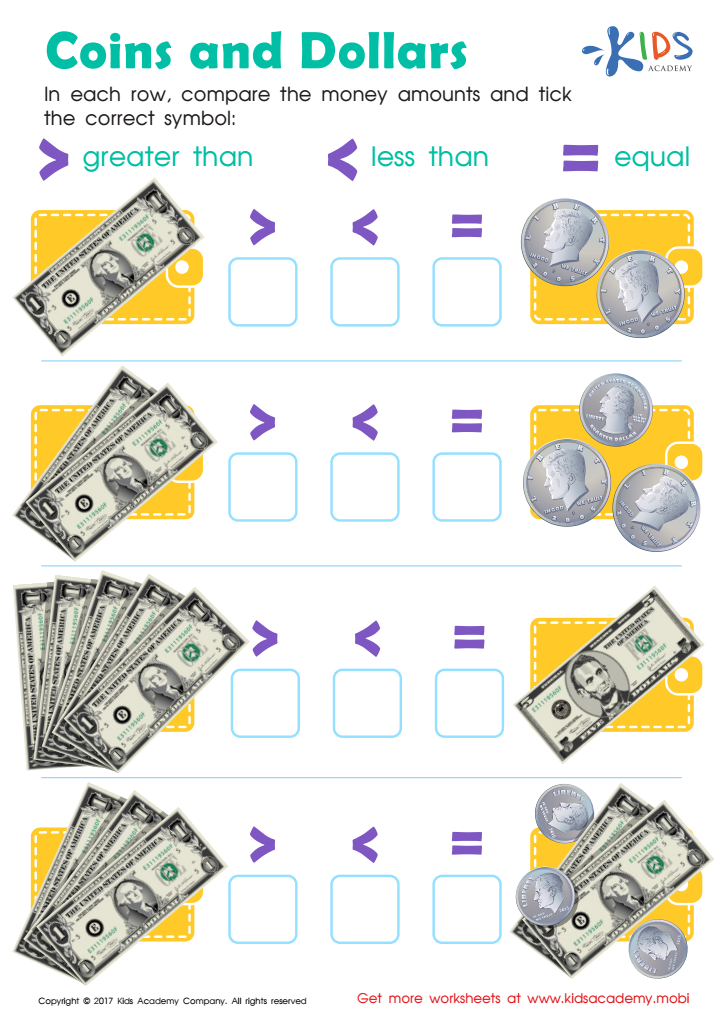

Money: Coins Dollars Printable
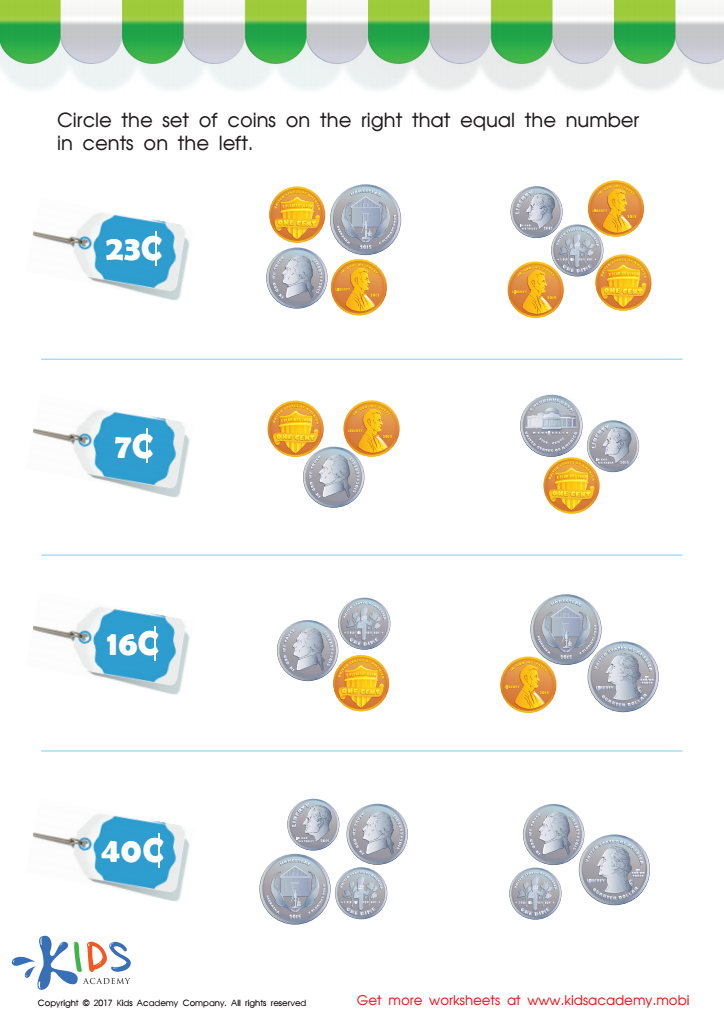

Picking the Coins You Need Money Worksheet
Money identification is a crucial skill for children aged 4-5, as it lays the foundation for financial literacy and self-sufficiency later in life. Teaching kids to recognize different denominations of coins and bills helps them understand their value and purpose, fostering an essential life skill they will use daily.
At this age, children are naturally curious and love to explore concepts through play. By introducing money identification through interactive activities—such as playing shop or using pretend money—parents and teachers can engage their interest and make learning fun. This early engagement not only promotes cognitive development but also enhances counting and sorting skills, as children learn to group coins and count their total.
Furthermore, understanding money and its functions prepares children for real-world situations like grocery shopping or saving for toys, empowering them to develop decision-making skills. These experiences help build their confidence in handling money safely and responsibly in the future.
Overall, by prioritizing money identification, parents and teachers contribute to a child’s holistic development and pave the way for responsible financial habits that will benefit them throughout their lives. Investing time in this foundational skill cultivates a generation of mindful consumers and future citizens.

 Assign to My Students
Assign to My Students
